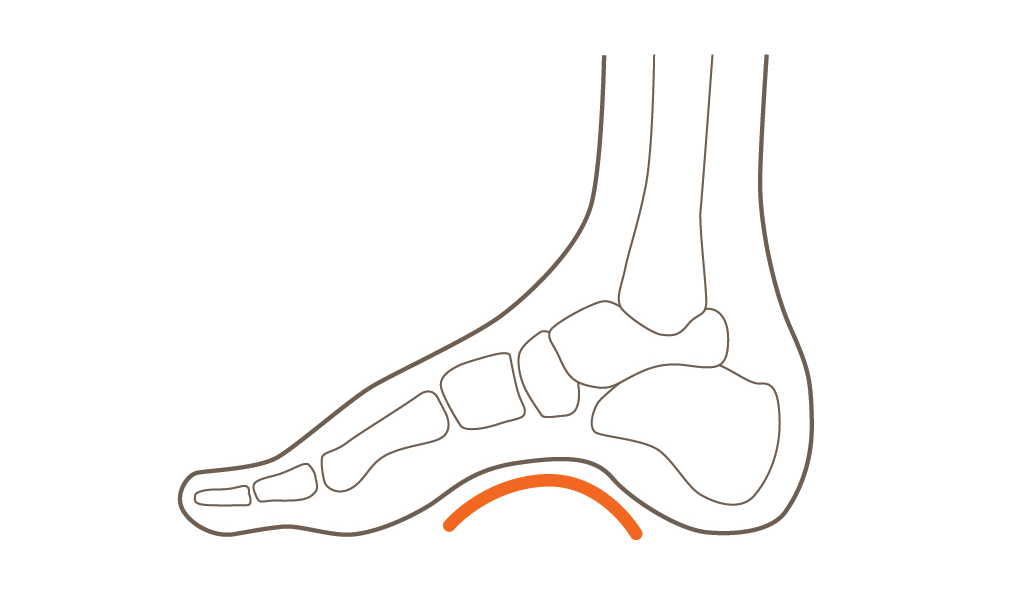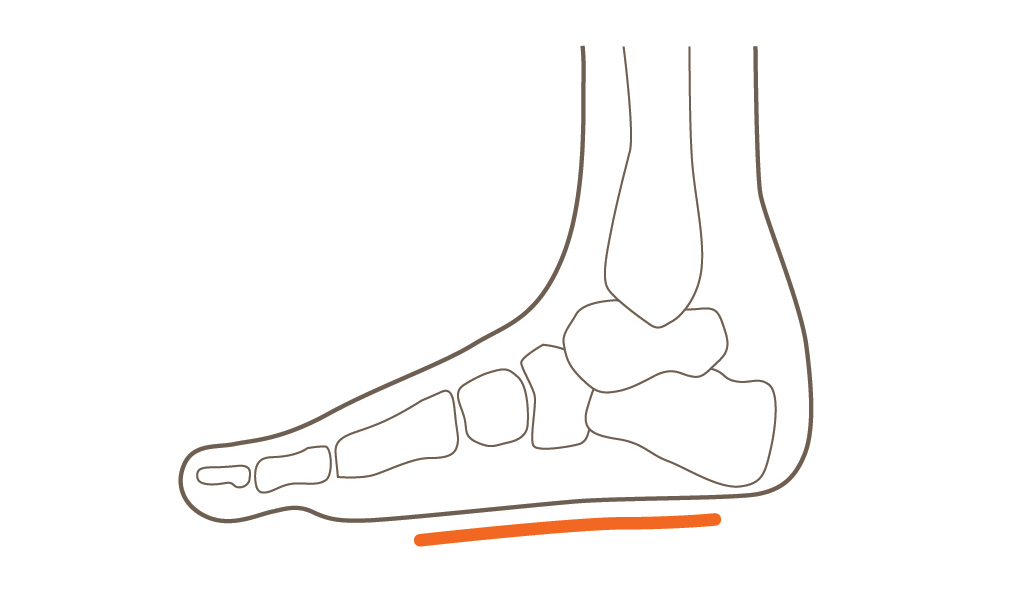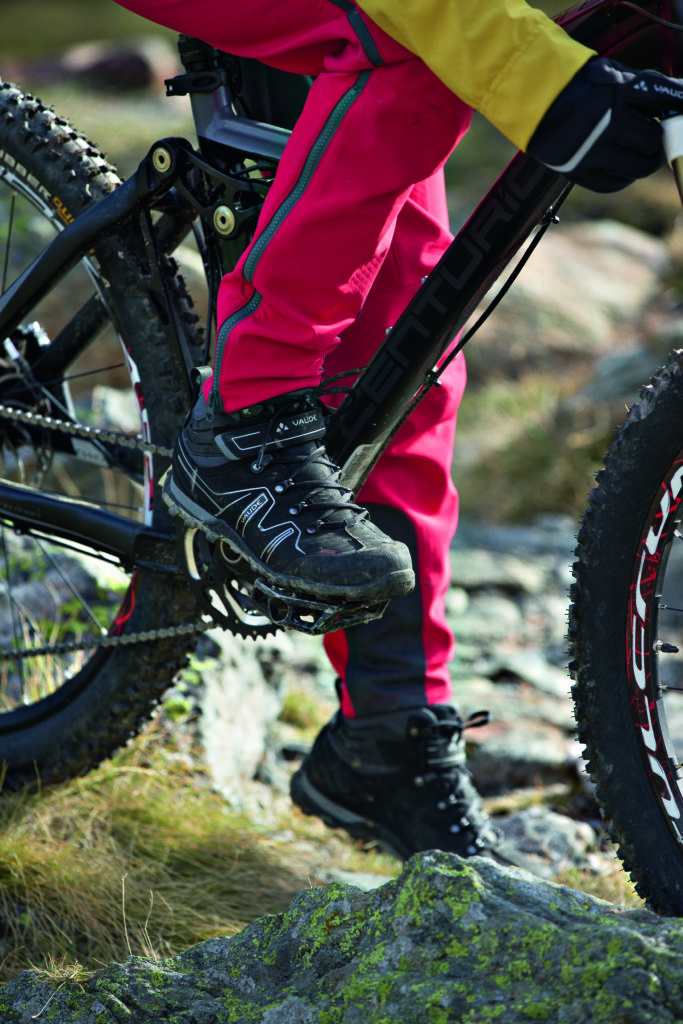Bikeshoes
Tips & Tricks
Find the right size and try them on
Choosing the right size for your footwear depends on what you’re going to use it for and your own personal preferences. Generally speaking, bike shoes can be worn a little tighter than hiking boots since you’re mainly pushing pedals and not walking. Shoes that are going to be used for more carrying passages (e. g. trans-alpine) should, however, be slightly larger.
The following tips might help you in really finding the right size:
- Wear bike socks – either ask for test socks or bring your own. Bike socks are lightweight, breathable and have as few seams as possible to reduce chafing.
- Take your time! The shoes should fit comfortably even when you’ve been wearing them for a while, so don’t hesitate to take a few rounds through the shop or pedal a trial bike if they have one.
- The best time to try on new footwear is in the afternoon or early evening. Just like when you’re riding all day, your feet can swell a bit – this ensures you get a realistic idea of how they’ll fit.
- Always try on both shoes. Your feet almost always have two different sizes so there’s no guarantee that the left shoe will fit, even if the right one is perfect.
- If you use orthopedic insoles, always bring them along when you’re trying out new shoes.
Individualized adjustments
Every pair of feet is different – so our lasts, which are designed to cover as wide a range of feet as possible – aren’t perfect for every special case that exists. Hallux, valgus, ganglions, heel spurs or other problems sometimes require individualized adjustment of your footwear.
Bike shoes can be adapted to fit your foot with the help of leather softeners and mechanical lasts as well as stretching equipment. Many sports shops and shoemakers offer advice and services for these cases.
As with lasts, our insoles have to fit as many feet as possible. If your feet slip in your shoes or if the soles of your feet hurt, an individually adapted insole can help. Sporting goods shops carry sport insoles that are adapted to your foot by applying heat. If you have orthopedic problems, which can also affect the entire musculoskeletal system, a visit to the orthopedist is essential.
Normal foot

Hollow foot

Flat foot

All our shoes feature cushioning insoles.
They are made of open-pored polyurethane foam, are extremely breathable, durable and prevent the formation of fungi, bacteria and odors.
The bike version is made of harder PU-foam in the pedal section to enable even better power transfer.

The right care
We are proud of our products and we develop every detail so that you can enjoy them for as long as possible and leave as small an ecological footprint as possible, in the truest sense of the word. However, almost no piece of equipment is exposed to as much wear and tear as footwear. But wear and tear or damage doesn’t have to mean the end of your favourite item. However, after a certain amount of time or hard work, your shoes need some care to remain fully functional. You can find useful tips and tricks here.
Waterproofing necessary
Shoes with built-in waterproof membranes should be re-waterproofed to maintain full functionality. A wet, soaked outer material is like a barrier and significantly reduces the breathability of the membrane. It is best to impregnate the shoes after cleaning, when they are not yet completely dry. Then the treatment can penetrate deeper into the pores. Nikwax fabric and leather impregnation is suitable for this purpose.
You can get Nikwax care products from your local retailer.
As a general rule, please follow all instructions printed on the care products.

If you would like to find out more about renewable materials, we have put together all the relevant information in our Sustainability Report.